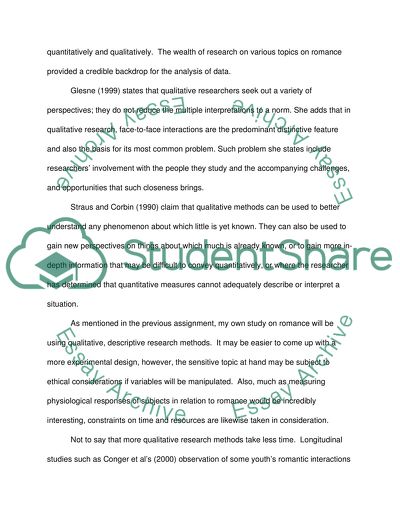Cite this document
(A Variety of Research Methods for Studying Responses to Romance Literature review, n.d.)
A Variety of Research Methods for Studying Responses to Romance Literature review. Retrieved from https://studentshare.org/psychology/1547207-scan-of-the-annotated-bibliography
A Variety of Research Methods for Studying Responses to Romance Literature review. Retrieved from https://studentshare.org/psychology/1547207-scan-of-the-annotated-bibliography
(A Variety of Research Methods for Studying Responses to Romance Literature Review)
A Variety of Research Methods for Studying Responses to Romance Literature Review. https://studentshare.org/psychology/1547207-scan-of-the-annotated-bibliography.
A Variety of Research Methods for Studying Responses to Romance Literature Review. https://studentshare.org/psychology/1547207-scan-of-the-annotated-bibliography.
“A Variety of Research Methods for Studying Responses to Romance Literature Review”, n.d. https://studentshare.org/psychology/1547207-scan-of-the-annotated-bibliography.


